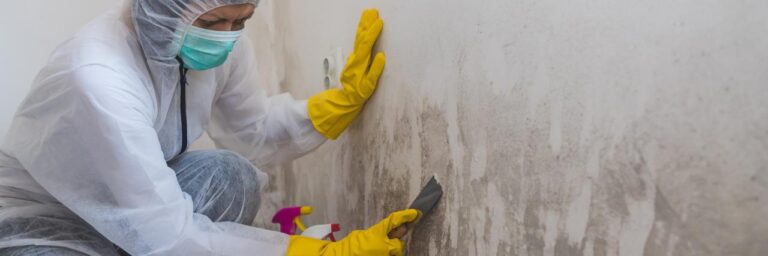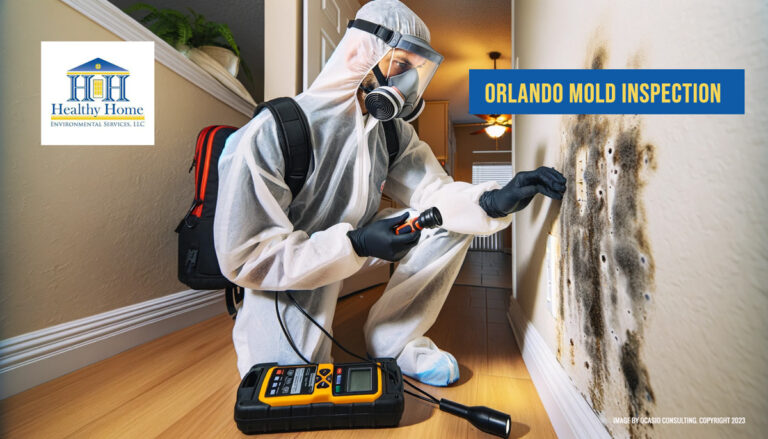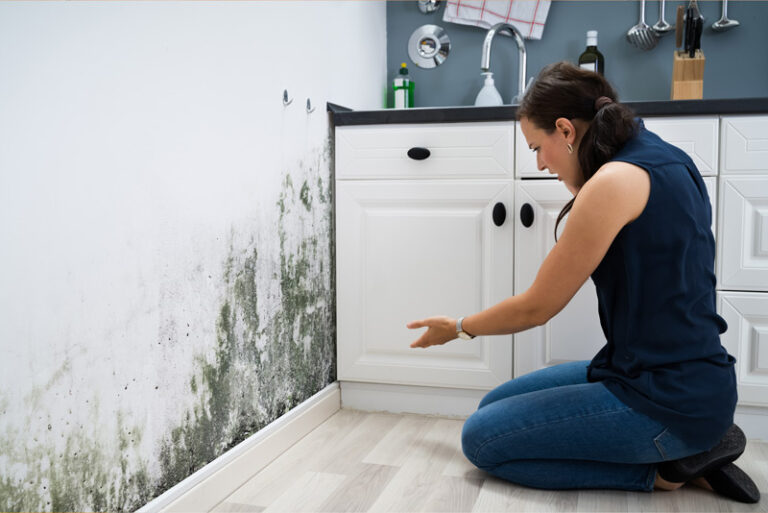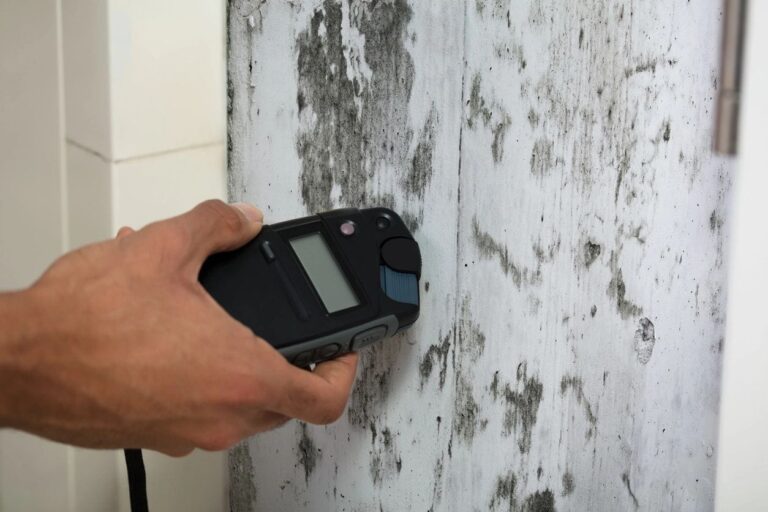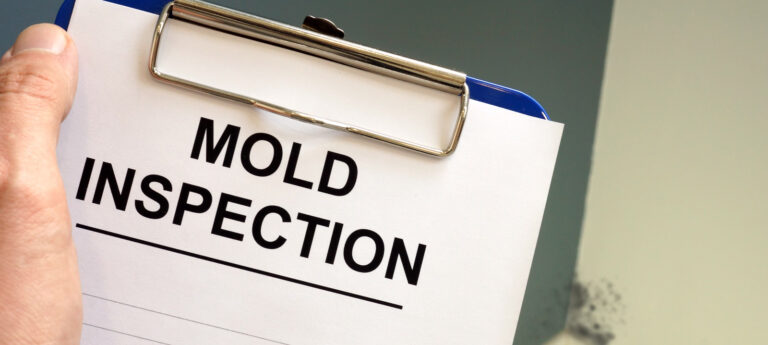Should I Have My Home Tested for Mold? Here’s How You Know…
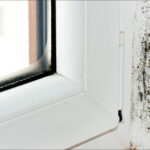
According to a report issued by the Environmental Protection Agency, more than 45 million homes in the United States have “severe” levels of harmful mold. That represents 36% of all homes in the U.S. With over a third of all homes being affected, the impact of mold intrusion is a substantial public health concern.
The health hazards caused by mold in the home are a direct result of what the organism releases into the air. Mold spreads by releasing spores that float in the air until they settle in a warm, humid, dark environment where they can thrive. However, while suspended in the air, their presence is impossible to detect by sight or smell, which means people can breathe it into their lungs completely undetected, causing a wide range of respiratory problems.
Also, depending on the species, mold can release mycotoxins – naturally produced toxic compounds spread by certain types of molds or fungi. These molds are frequently associated with water intrusion events and can be found hiding behind drywall.
When mold is present in a house, The symptoms experienced by the people who live there can vary widely, from barely any symptoms at all to severe symptoms like gastrointestinal problems – constipation, nausea, vomiting, and diarrhea – as well as chronic allergies, respiratory issues, exhaustion, headaches, migraines, anxiety, and depression. In severe cases, especially those involving people with weakened immune systems, the health effects of mold can even lead to death.
When you should schedule a professional mold inspection with Healthy Home Environmental Services.
While some species of mold can emit an earthy, musty odor, by the time you can detect it, it means the infestation has gotten really bad. At the earlier stages where it can start to affect the health of people who live in a home, the smell is still too weak to be noticed. So, because mold is nearly impossible to detect without the right equipment, it’s best to keep an eye open for events that can cause a water intrusion in the home. Some examples include:
Severe storms or hurricanes. When heavy rains are accompanied by high winds, which happens a lot in Florida, water can almost start blowing sideways, especially between homes that are relatively close together. If the water blows through the soffits right under the roofline, all that water trickles to the floor inside the walls. This is a perfect environment for mold to start growing.
Appliance malfunction. Many household appliances can leak substantial amounts of water if a line breaks at the wrong time. Washing machines and dishwashers are the primary sources of water leaks, as well as refrigerators, especially those that dispense water and ice.
Leaky roof. Depending on the circumstances, any roof that is over ten years old can potentially have developed weak spots that can let water in. The first thing you may notice is brown stains in the ceiling below where the water is leaking. If water is pooling in those spots, it’s most likely finding its way into areas you can’t see, allowing mold to grow.
HVAC overflow. Air conditioning units, especially in regions with high humidity like Florida, collect a lot of condensation on the evaporator coils. These units are designed so that the water from condensation drips into a pan and then is carried through a pipe out of the house, usually somewhere in the yard. If the condensation line gets clogged up, which happens from time to time, the water will back up and overflow the pan. Left unchecked, the result can be a substantial leak.
What happens during a mold inspection?
If you think you might have had a leak in your home for any of these reasons, or any reason at all, it’s a good idea to have a professional mold inspection done. After all, this is a potential health hazard that does not go away on its own. It’s much better to deal with the problem as quickly as possible, and the only way to do that is if you know the facts.
At Healthy Home Environmental Services, we have been conducting mold testing as a family-owned business since 2006. When we come to your home, we take great care to make sure you get the answers you need for your family. The process starts with a visual inspection of the interior and exterior of the property, followed by the collection of samples from affected areas of the house.
The samples are then sent to a certified laboratory for thorough microscopic analysis. Once we receive their findings, we prepare a detailed written report that details the results and provides recommendations for mold remediation. If you need help finding a quality remediation contractor, we work with several outstanding companies and are happy to make that referral.
Once all the mold has been removed, but prior to starting the build back, we return to the home and perform a clearance test to ensure that the home is mold-free. After we receive the passing lab report, we provide it to you along with a clearance certificate for your records.
For more information about the services we provide at Healthy Home Environmental Services or to schedule an appointment, please call 407-395-4549 or request more information on our website.



